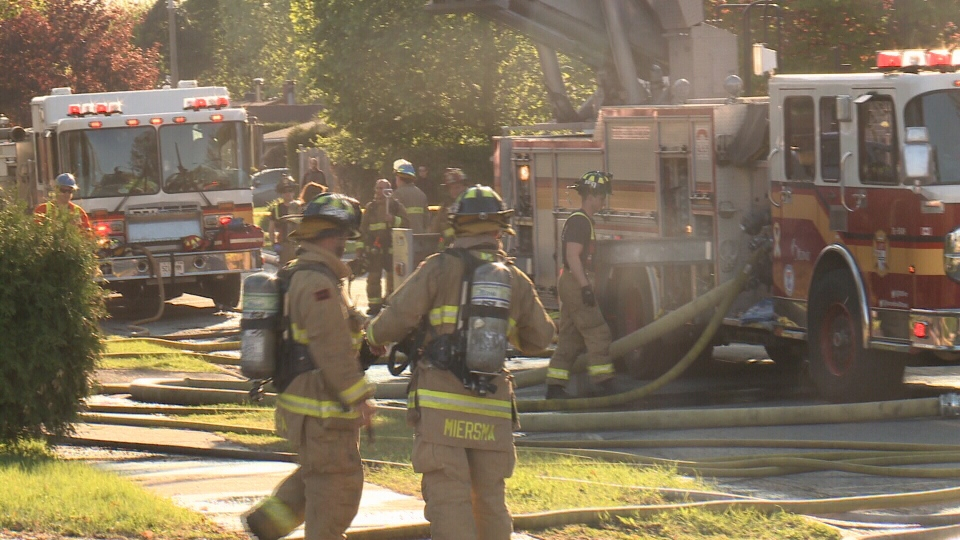Every marketing person’s nightmare is a tragic event (crime, accident, fatality or fire) that hits the media and gets prolonged negative exposure. At one apartment community in Southeast Ontario, there were multiple events that stigmatized the property for years and presented formidable challenges to the management and leasing team.
TENANT MURDER
First came the murder of a tenant. He was bludgeoned to death with a tire iron in his apartment. The crime was not random given the absence of forced entry. Police believe he knew his attacker and that drugs may have been the motive.
The media coverage spanned about a week and then fizzled (without an arrest being made). The advertising was suspended for 2-3 weeks, during which traffic only declined slightly. The profile of prospects to this moderately priced complex was about 60% new immigrants and 40% locals.
CATASTROPHIC FIRE
The following fall, at the same community, a fire occurred in the 4th floor electrical room in one of the two buildings that spread more than 10 storeys and caused an evacuation that lasted more than 3 months. During this time tenants could not return to their homes.
Emergency teams from the City and the property manager sprang into action. The former to meet the immediate housing needs of more than 1000 people and the latter to co-ordinate the reconstruction of the building and communication with the media and tenants; who were disbursed throughout shelters, motels and elsewhere.
Hoping to retain those tenants who were displaced, the communication strategy focused on construction progress reports and when tenants could return to their homes. In the end, less than 1% of the 282 displaced tenants had content insurance. Many asked to be released from their lease.
When the day finally arrived for tenants to move back into their apartments, a third of the units were vacant either by legitimate legal notice or because the tenants had disappeared.
The marketing strategy was 3 pronged:
- Entice previous tenants with a variety of incentives such as rent free periods,
free laundry, waiving LMR, allowance for food lost when refrigerators had to be replaced and an aggressive Tenant Referral Program;
2. Expedite the Revitalization Program – free social and recreational programs offered on site to tenants. This initiative was already in the formative stages at the time of the fire and was implemented almost immediately after the reconstruction.
3. Highlight newly replaced building components: lobby, corridors, elevators, mechanical and electrical systems, suite doors and refrigerators.
Key to equalizing the steady flow of negative media in the months following tenants’ return to the building, was the ability to generate good news stories. The new Community Room on the ground floor of the building provided many such opportunities: a Homework Club, Computer Centre, Mother Goose Program, Summer Camp and vegetable garden plots were some of the early offerings and were extremely well received. All were free to tenants.
VIGIL FOR UNSOLVED MURDER VICTIM
Just as rental office traffic was beginning to improve, the mother of the murder victim announced that she would be leading a candle-light vigil at the building to commemorate the anniversary and increase public awareness in hopes that it would lead to an arrest. The event was moved to the periphery of the grounds but received widespread print and electronic media coverage in the winter of the following year that slowed the pace of rentals once again.
ADVERTISING INTENSIFIES
Heading into the Spring, double page print ads in the local renter’s magazine and large classified ads in the daily newspaper generated most of the traffic to the rental office. New building signage [at sidewalk and directional to office] and the addition of banners and premium positions on existing ILS sites resulted in a 20% increase in traffic. The Tenant Referral Program, reinforced quarterly, accounted for 14 deals in total.
Finally, after 10 months of aggressive print and web advertising, combined with a strong public relations campaign and on-site social programming, the vacancy rate reached the City’s average of seven percent.
Credit to: Brandon Communications, Toronto, for their exceptional crisis management and media relations; and to Madhouse Advertising, Toronto for their wildly successful ad campaign.





